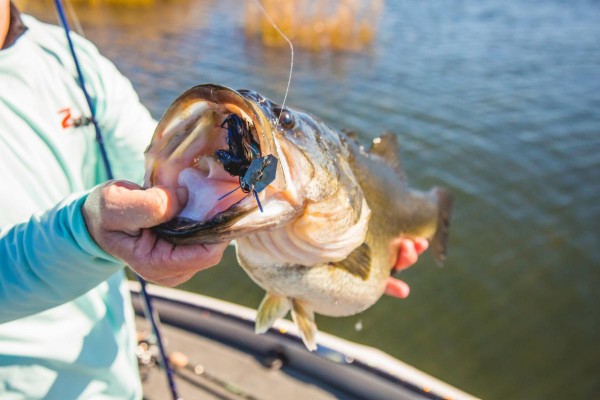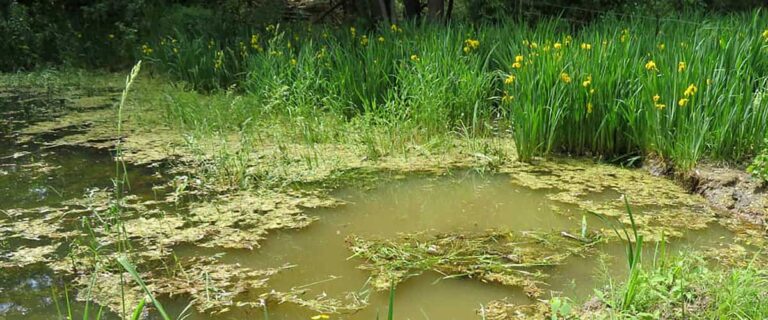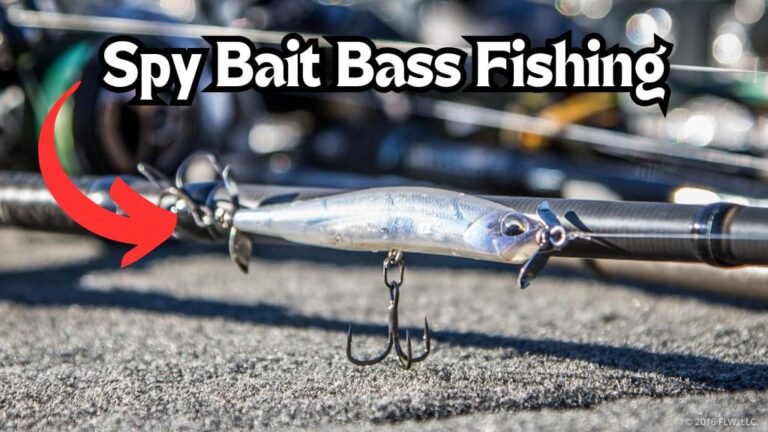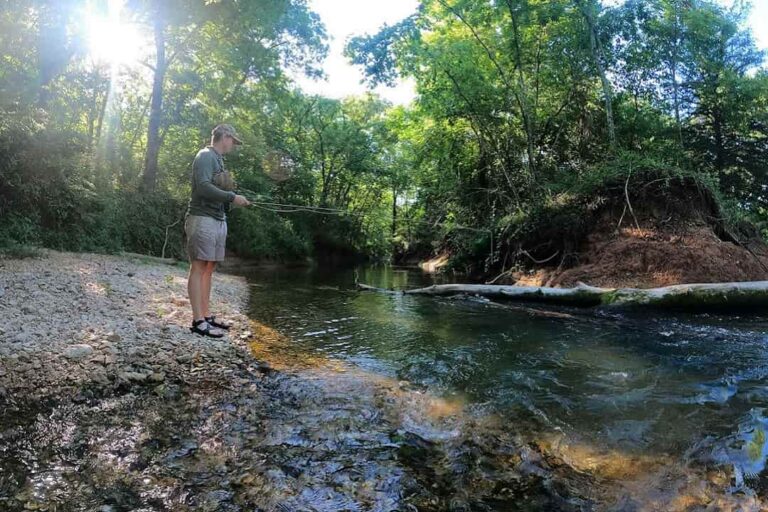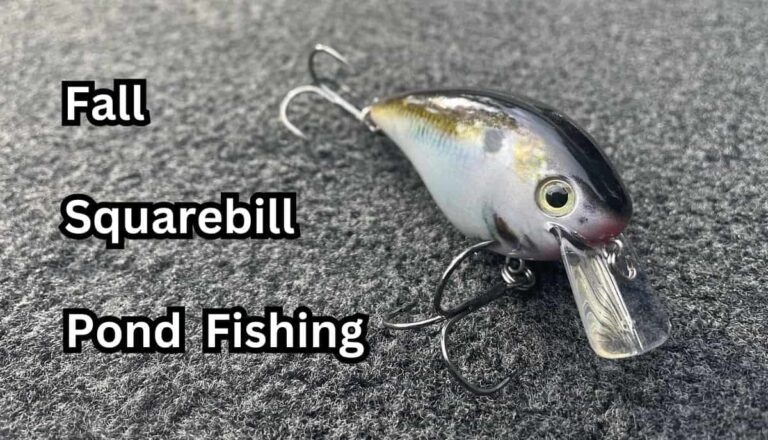7 Best Weedless Pike Lures
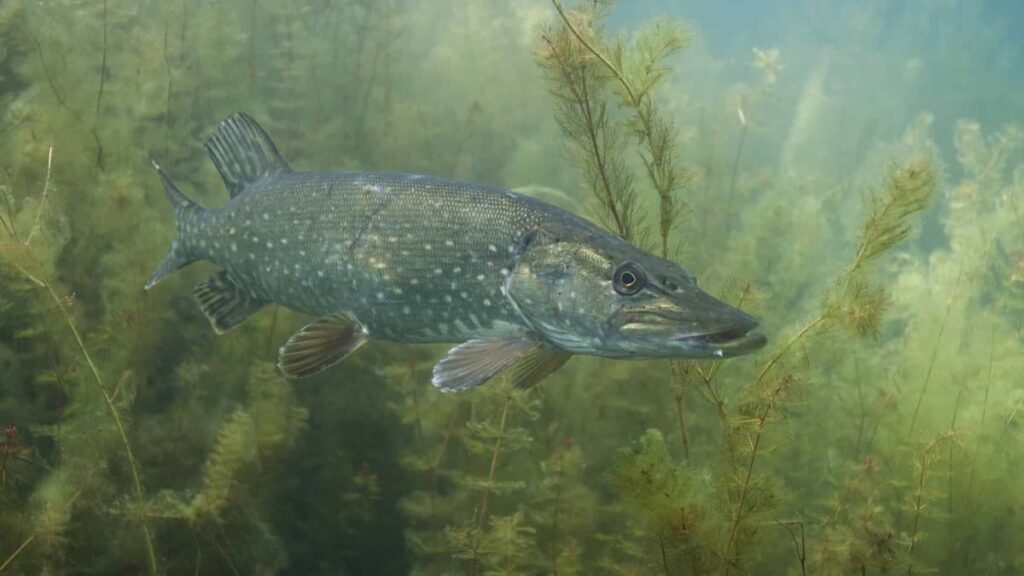
Pike love hanging in and around grass, trees, reeds, and other cover.
To catch these Northern pike effectively, you need to be able to fish through these areas without getting your bait snagged.
For some reason, weedless pike lures are a bit neglected in the fishing industry, but they are very important, so let’s talk about the best ones.
Weedless Pike Lures
These lures have produced exceptional results for me and caught lots of pike.
The order they are in is more of my personal preference rather than how effective they are.
1. Swim Jig
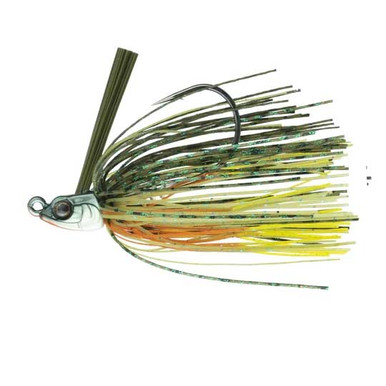
This could be the bass angler in me, but I love throwing a swim jig for pike.
The thick weed guard makes swim jigs extremely weedless, and you couldn’t get them hung up if you tried.
Swim jigs also come standard with a thick, heavy wire hook that can handle the big pike sizes.
Pike really seem to love paddle tail swimbaits and and flapping craw style trailers.
I use paddle tail trailers when I’m fishing a bit deeper water. And I use the craw trailers in shallower water because they have more resistance and bring the swim jig to the surface a bit faster.
Swim jigs are one of, if not the best, summer pike lures because of their versatility through grass and other vegetation.
2. Weedless Swimbait
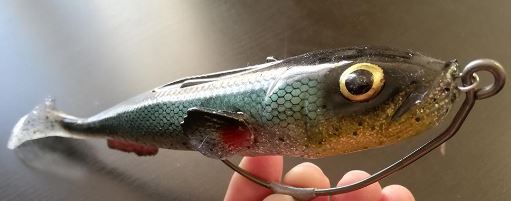
Big paddle and curl tail swimbaits are certainly the most popular Northern pike lures.
So of course, there are weedless setups that allow you to fish these baits in cover and vegetation.
A big, belly weighted offset hook is my favorite setup. Rig it up just like you would a Texas rig for bass.
The belly weight allows you to fish the bait a bit faster without bringing to the surface.
And because of their aggressive nature, pike love fast moving targets.
These big swimbaits catch more pike every year than any other lure.
Something about the big profile and the mesmerizing action of the paddle or curl tail triggers bites from pike.
3. Weeless Inline Spinner

Everybody knows that big inline spinners are tremendous lures for pike and musky.
But most these spinners have one or two big treble hooks on them.
So get a weedless inline spinner with a single, offset hook. You can pair this spinner with a paddle tail or curl tail swimbait depending on your preference.
I only fish these baits in very shallow water because the blade and trailer raise the lure to the surface very quickly.
So it can’t be fished deep. But in shallow water, it is an incredible pike lure.
It has both the flash of the spinner and the action of swimbait. Northern pike just can’t resist a weedless inline spinner.
4. Johnson Silver Minnow
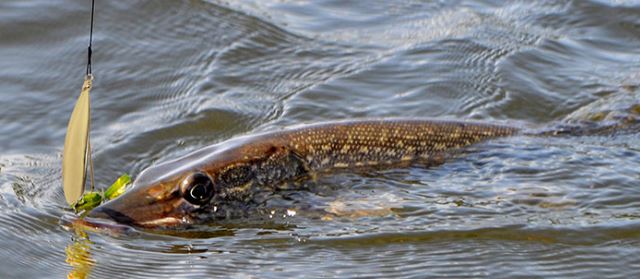
An absolute classic and time tested lure, the Johnson Silver Minnow still out performs most other lures today.
The summer months bring lots of grass. And pike love hiding and feeding in the grass.
The Silver Minnow is mostly weedless. This allows you to fish much closer and deeper in the grass than you could with other lures.
The Silver Minnow has an incredible swimming, wobbling action that, for whatever reason, slays summertime pike.
Add a pork rind or soft plastic trailer to the spoon to persuade even more pike to bite.
5. Popping Frogs

Hollow body frogs are as weedless as it gets. You can fish them over lily pads, through grass, and right through trees and reeds.
Although mostly considered a bass lure, frogs also catch lots of pike. Popping frogs usually work better to get the pike riled up and interested in the bait.
One thing I have noticed about frog fishing for pike is that they tend to catch smaller pike.
This makes sense, since hollow body frogs are relatively small pike lures.
But when lakes or ponds become covered in weeds, sometimes you don’t have any option except for a frog.
6. Weedless Chatterbait
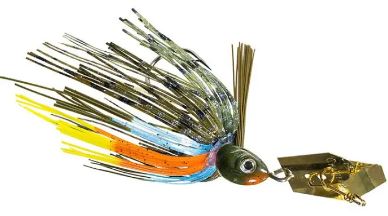
Many companies make a chatterbait with a weed guard, much like a bladed swim jig.
The chatterbait puts off such a distinct thumping vibration and sound that Northern pike can’t resist.
Again, this setup works best in shallow water because of how much resistance the blade and trailer of the chatterbait put off.
I don’t fish a weedless chatterbait all that often, but when I do, it produces big bites.
7. Snag Proof Zoo Dog

The Zoo Dog is essentially a mix between a walking lure and a frog.
It is a topwater, hollow body, baitfish imitation. It walks the dog just like a Spook and catches tons of pike.
Because the Zoo Dog is silent, it works best in very clear water.
When I find pike in clear water, grassy flats, I tie on the Zoo Dog and walk it right through the vegetation.
This bait may look a bit strange, but it simply gets bit.
Why Are Weedless Lures are Important for Pike?
Pike love to hide in vegetation and structure and wait to ambush prey.
If your lures aren’t weedless, it can be difficult to get close enough to these pike to trigger a bite.
These snagless lures give you the freedom to fish in and around the cover where the pike are hiding and get your bait right in front of their mouth.
Key Points
- Pike Habitat and Behavior: Pike are often found in areas with grass, trees, reeds, and other cover, where they hide and wait to ambush prey.
- Challenges of Fishing in Vegetation: Fishing in these areas can be challenging due to the risk of bait getting snagged. Weedless lures are crucial for effectively catching pike in such environments.
- Importance of Weedless Lures: Weedless lures allow anglers to fish through vegetation without getting snagged, providing the freedom to get closer to pike hiding in cover and increasing the chances of triggering a bite.
FAQ
Q1: Why are weedless pike lures important? A: Weedless pike lures are crucial because pike often hide in vegetation and structure. If your lures aren’t weedless, it becomes challenging to approach pike in their preferred habitats and trigger a bite.
Q2: What is the appeal of pike fishing? A: Pike fishing is renowned for the thrill of targeting one of the apex predators in freshwater. Pike are known for their aggressive strikes and impressive size, making the pursuit both challenging and rewarding for anglers.
Q3: Where are the best locations to fish for pike? A: Pike are often found in freshwater environments such as lakes, rivers, and reservoirs. They prefer areas with ample vegetation, structures, and underwater features. Look for places with suitable cover where pike can hide and ambush their prey.
Q4: What is the best time of year to fish for pike? A: While pike can be caught throughout the year, many anglers find success during the spring and fall seasons. During these times, pike are more active, and their feeding patterns increase. However, pike fishing can be rewarding in any season with the right techniques.
Q5: What are effective techniques for catching pike? A: Popular techniques for catching pike include casting or trolling with various lures such as swimbaits, spoons, and jerkbaits. Live bait, such as large minnows, can also be effective. Experimenting with different retrieval speeds and depths is often key to triggering pike strikes.
Q6: How important is using the right tackle for pike fishing? A: Using the right tackle is crucial in Northern pike fishing. Opt for heavy-duty rods and reels with strong, abrasion-resistant lines. Wire leaders are recommended to prevent pike from biting through the line with their sharp teeth. The right tackle ensures you can handle the power and aggression of pike.
Q7: What is the significance of weedless lures in pike fishing? A: Weedless lures are essential in pike fishing as pike often inhabit areas with vegetation and structures. Using weedless lures allows anglers to navigate through these environments without getting snagged, increasing the chances of reaching pike hiding in cover.
Q8: What Do Pike Eat? A: Pike eat a wide variety of forage, but focus on shiner, perch, crayfish, and amphibians.
Reeling this In
In summary, successful pike fishing hinges on the strategic use of weedless lures.
From the versatile swim jigs to the classic Johnson Silver Minnow, each lure serves a unique purpose in navigating through pike habitats.
Weedless options provide the freedom to fish effectively in areas where pike hide, increasing the chances of a successful encounter.
Embrace the challenge, adapt your techniques, and enjoy the thrill of pike fishing in diverse and weedy environments.

